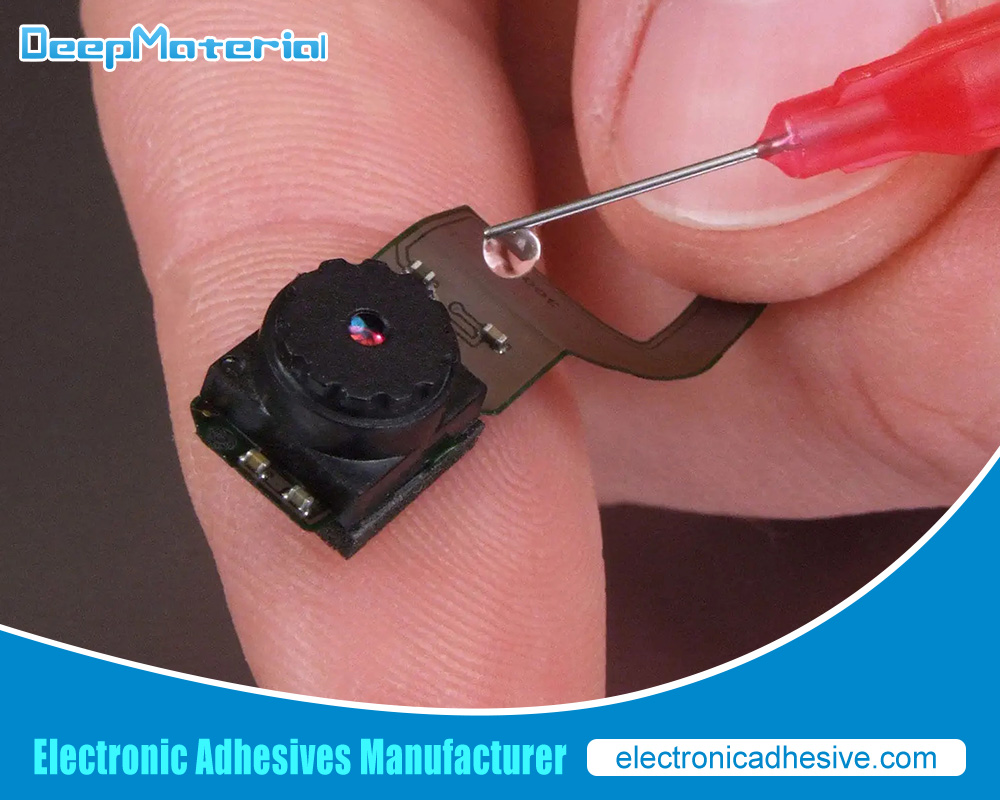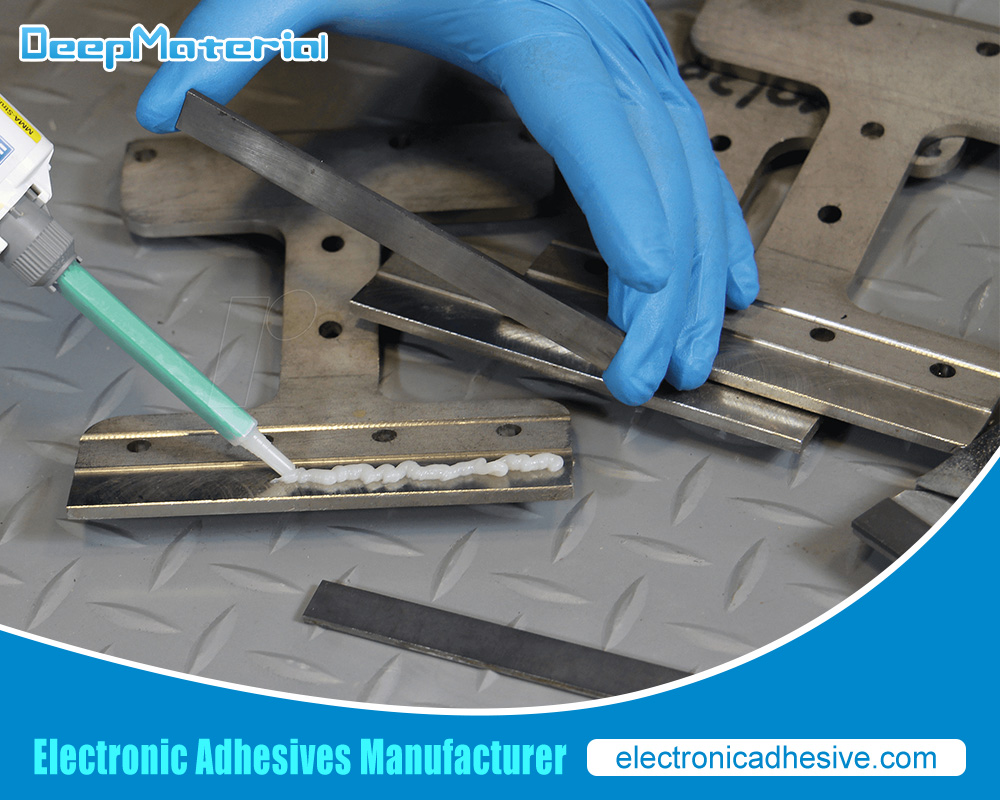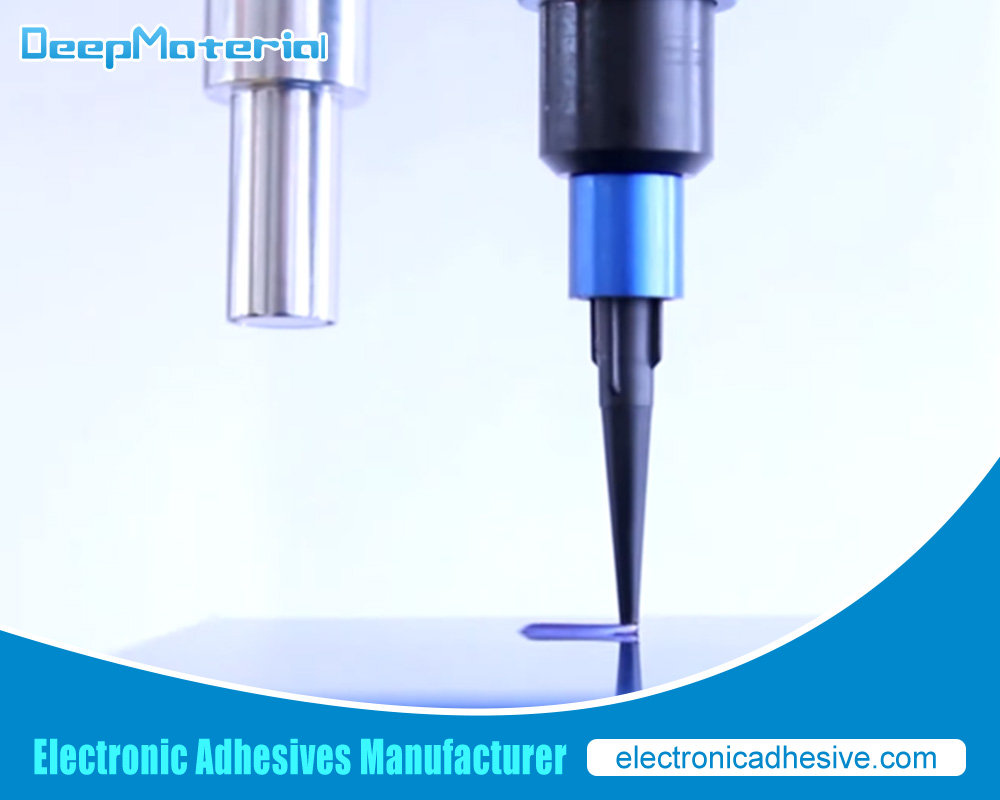Module Assembly Adhesive for Camera: A Comprehensive Guide
Module Assembly Adhesive for Camera: A Comprehensive Guide
In modern electronics, cameras are essential in smartphones, tablets, laptops, drones, and even vehicles. These camera modules’ performance, durability, and reliability are critical, as they directly impact the quality of the images and videos captured. One of the essential aspects of camera module assembly is the adhesive used to bond the various components together. The suitable adhesive ensures that the camera module remains stable, durable, and capable of withstanding environmental stresses such as temperature changes, vibrations, and moisture.
Adhesives used in camera module assembly must meet specific criteria, including high bonding strength, resistance to environmental factors, and compatibility with the module’s materials. This article delves into the various types of adhesives used in camera module assembly, their properties, application methods, and the factors to consider when selecting the appropriate adhesive for this critical task.
Types of Adhesives Used in Camera Module Assembly
Epoxy Adhesives
Epoxy adhesives are widely used in camera module assembly for their excellent bonding strength and durability. These adhesives are composed of two components: a resin and a hardener. When mixed, they undergo a chemical reaction that forms a strong, rigid bond. Epoxy adhesives are known for their resistance to temperature fluctuations, moisture, and chemicals, making them ideal for applications where the camera module may be exposed to harsh environments.
Epoxy adhesives can be formulated to provide different levels of flexibility, allowing them to accommodate the varying thermal expansion rates of other materials. This is particularly important in camera modules, where various components may expand and contract at different rates.
Acrylic Adhesives
Acrylic adhesives are another popular choice for camera module assembly. They balance flexibility and strength, making them suitable for bonding dissimilar materials. Acrylic adhesives cure quickly, which can be advantageous in high-volume production environments. They also offer good resistance to UV light, making them ideal for applications where the camera may be exposed to sunlight.
Acrylic adhesives are often used to bond lenses, housings, and other optical components in camera modules. Their optical clarity and low shrinkage ensure that they do not interfere with the camera’s optical performance.
Silicone Adhesives
Silicone adhesives are known for their flexibility and resistance to extreme temperatures. They are often used in camera modules where the adhesive needs to accommodate thermal expansion and contraction without losing its bond strength. Silicone adhesives also offer excellent resistance to moisture, making them ideal for applications where the camera module may be exposed to humidity or water.
Silicone adhesives are commonly used for sealing and encapsulating camera modules. They provide protection against environmental factors while allowing the module to remain flexible. They are also used in applications where the camera module may be subjected to vibrations, as their flexibility helps absorb and dissipate mechanical stresses.
UV-Curing Adhesives
UV-curing adhesives are specialized adhesives that cure (harden) when exposed to ultraviolet (UV) light. They are used in applications requiring a fast curing time, such as high-speed assembly lines. UV-curing adhesives offer excellent bonding strength and optical clarity, making them ideal for bonding camera module lenses and other optical components.
One key advantage of UV-curing adhesives is their ability to remain liquid until exposed to UV light. This allows for precise positioning of components before the adhesive is cured, reducing the risk of misalignment. UV-curing adhesives are also resistant to yellowing, ensuring that they do not affect the optical performance of the camera over time.
Cyanoacrylate Adhesives
Cyanoacrylate adhesives, commonly known as superglue, are fast-curing adhesives that form a strong bond with a wide range of materials. These adhesives are used in camera module assembly to bond small components where a quick, strong bond is required. Cyanoacrylate adhesives offer excellent bonding strength but are typically less flexible than other adhesives, making them more suitable for applications where the bonded components are not subject to significant thermal or mechanical stresses.
Cyanoacrylate adhesives are often used to bond small electronic components, housings, and connectors in camera modules. They are also used to track components in place before applying a more durable adhesive.

Critical Properties of Camera Module Adhesives
Several key properties must be considered when selecting an adhesive for camera module assembly to ensure that the adhesive meets the application’s specific requirements.
Bonding Strength
The bonding strength of the adhesive is critical in ensuring that the camera module remains intact during use. The adhesive must withstand mechanical stresses such as vibrations, impacts, and handling without losing its bond strength. Adhesives with high bonding strength are essential in applications where the camera module is subjected to frequent movement or external forces.
Environmental Resistance
Camera modules may be exposed to various environmental factors such as temperature fluctuations, humidity, UV light, and chemicals. The adhesive must resist these factors without degrading or losing its bonding strength. Ecological resistance is particularly important in outdoor applications, such as in drones or automotive cameras, where the module is exposed to harsh conditions.
Thermal Expansion Compatibility
Different materials used in camera modules may have different coefficients of thermal expansion, meaning they expand and contract at different rates when exposed to temperature changes. The adhesive must accommodate these differences without cracking or losing its bond strength. Flexible adhesives, such as silicones, are often used in applications where thermal expansion is a concern.
Optical Clarity
Optical clarity is a critical factor in applications where the adhesive is used to bond optical components, such as lenses. The adhesive must be transparent and free from impurities that could interfere with the camera’s optical performance. UV-curing and acrylic adhesives are often chosen for their excellent optical clarity.
Curing Time
The adhesive’s curing time is an essential consideration in high-volume production environments. Faster-curing adhesives, such as UV-curing adhesives, can help speed up the assembly process and reduce production costs. However, the curing time must also be balanced with the need for precise component positioning before the adhesive hardens.
Application Methods for Camera Module Adhesives
The application method for the adhesive can significantly impact the quality and consistency of the bond in camera module assembly. Several standard application methods are used in the industry, each with advantages and considerations.
Dispensing
Dispensing is a standard method for applying adhesives in camera module assembly. The adhesive is dispensed onto the components using a precision dispenser, which can be manually operated or automated. Dispensing allows for precise control over the amount of adhesive applied, ensuring consistent bond lines and reducing the risk of excess glue.
Automated dispensing systems are often used in high-volume production environments to improve efficiency and consistency. These systems can be programmed to apply the adhesive in specific patterns and quantities, ensuring repeatable results.
Jetting
Jetting is a non-contact method of applying adhesives that uses a high-speed jet to dispense the adhesive onto the components. Jetting is particularly useful for applying small amounts of adhesive with high precision, making it ideal for bonding tiny components in camera modules. This method also reduces the risk of contamination or damage to the components, as the adhesive is applied without direct contact.
Jetting is commonly used in applications where the adhesive needs to be applied in precise, small amounts, such as in the bonding of lenses or sensors in camera modules.
Screen Printing
Screen printing applies adhesive using a stencil (screen) to transfer the adhesive onto the components. The adhesive is spread over the stencil using a squeegee, allowing it to pass through the openings in the stencil and onto the components. Screen printing often applies adhesive to flat or planar surfaces in camera modules.
Screen printing offers the advantage of applying a uniform layer of adhesive over a large area, making it suitable for bonding components such as housings or circuit boards. However, dispensing or jetting methods for small components may be less precise.
Bonding and Curing Processes
The bonding process involves applying the adhesive to the components and assembling the camera module. The curing process follows, where the glue hardens and forms a strong bond between the components. The curing process can vary depending on the type of adhesive used.
- Room Temperature Curing:Some adhesives, such as certain epoxies and cyanoacrylates, cure at room temperature without additional heat or UV light. Depending on the adhesive formulation, this process may take several hours to complete.
- Heat Curing:Heat-curing adhesives require the application of heat to accelerate the curing process. This is often done using ovens or heated presses. Heat curing is commonly used for adhesives that must cure quickly or applications requiring a robust and durable bond.
- UV Curing:UV-curing adhesives require exposure to UV light to initiate the curing process. This method offers the advantage of fast curing times and is often used in high-speed production environments. UV curing is particularly useful for adhesives used in optical components, as it ensures an evident, strong bond without the risk of yellowing.
Factors to Consider When Selecting a Camera Module Adhesive
Selecting the suitable adhesive for camera module assembly is crucial to ensuring the performance and reliability of the final product. Several factors must be considered when making this decision.
Material Compatibility
The adhesive must be compatible with the materials used in the camera module, including plastics, metals, glass, and electronic components. Incompatible adhesives can lead to weak bonds, material degradation, or interference with the camera’s optical performance. Testing the adhesive on sample materials is often recommended to ensure compatibility.
Application Environment
The environmental conditions in which the camera module will be used play a significant role in
adhesive selection. Factors such as temperature extremes, humidity, UV exposure, and chemical exposure must be considered to ensure the adhesive maintains its bond strength and integrity over time.
Mechanical and Thermal Stresses
During its lifecycle, the camera module may be subjected to mechanical stresses such as vibrations, impacts, and handling. The adhesive must withstand these stresses without cracking or losing its bond strength. Additionally, thermal stresses caused by temperature fluctuations must be considered, particularly in applications where the camera is exposed to rapid temperature changes.
Production Considerations
Factors such as curing time, ease of application, and automation compatibility are critical in high-volume production environments. Adhesives that cure quickly and can be easily applied using automated systems can help reduce production costs and improve efficiency. However, the adhesive must also meet the application’s performance requirements.
Regulatory and Safety Requirements
Adhesives used in camera module assembly must comply with relevant regulatory and safety requirements, such as RoHS (Restriction of Hazardous Substances) and REACH (Registration, Evaluation, Authorization, and Restriction of Chemicals). Ensuring that the adhesive meets these requirements is essential to avoid compliance issues and ensure the safety of the final product.

Conclusion
Selecting a suitable adhesive for camera module assembly is critical in ensuring the final product’s performance, durability, and reliability. Epoxy, acrylic, silicone, UV-curing, and cyanoacrylate adhesives offer unique properties that make them suitable for different applications within the camera module. Understanding the critical properties of these adhesives, such as bonding strength, environmental resistance, thermal expansion compatibility, and optical clarity, is essential in making an informed choice.
The application method, whether dispensing, jetting, or screen printing, also significantly achieves consistent and high-quality bonds. Factors such as material compatibility, application environment, mechanical and thermal stresses, production considerations, and regulatory requirements must be carefully evaluated.
By considering these factors and selecting the appropriate adhesive, manufacturers can ensure that their camera modules perform reliably and meet the demanding requirements of modern electronics. Whether used in smartphones, vehicles, or industrial applications, the suitable adhesive is a critical component in the success of camera module assembly.
For more about choosing the Top Module Assembly Adhesive for Camera: A Comprehensive Guide, you can pay a visit to DeepMaterial at https://www.electronicadhesive.com/ for more info.










